Boulevard Mall: Suburban Retail Debut
The Boulevard Mall opened in 1962 as the first enclosed shopping center in Amherst, New York, anchoring itself on Niagara Falls Boulevard.
It covered 904,000 square feet, with wide concourses and early anchor stores that gave the mall a sense of scale from the very beginning.
Sattler's took up two levels and 220,000 square feet, while Jenss operated a separate 80,000 square foot store facing the opposite end.
Around them, about 30 inline stores signed leases and filled out the concourse. Shoppers walked past The Sample Casual Shops, Kleinhans men's clothing, Acme Market, and Morrisons.
On February 11, 1963, S.S. Kresge opened a five-and-dime at the site, covering 24,000 square feet and adding another reason for people to drive to the Boulevard Mall.
Because of its size and modern enclosed design, the mall quickly became an attraction for Western New York and Ontario shoppers.
Families drove across the border and parked in the new lots that wrapped the property.
From there, they stepped into air-conditioned halls that felt like a world apart from Main Street storefronts.
For many visitors, a stop at the mall became one of the things to do in Amherst, NY.
The early years set the stage for expansion.
Within a decade, another department store would rise across from Jenss, and the retail zone along Maple Road and Sheridan Drive would start to take shape around the Boulevard.
Building Anchors and Adding Retail Square Footage, 1970–1980s
The Boulevard Mall did not stay frozen in its 1962 footprint for long.
In 1970, JCPenney arrived with a three-level, 180,000 square foot store that gave the property a new anchor and a fresh draw for shoppers.
Its opening brought another tier of merchandise into Amherst and added momentum to the mall's early growth.
Eight years later, in 1978, construction pushed the concourse outward with an expansion that created space for roughly 30 new tenants.
This project attracted more national retail chains and provided smaller merchants with a place in the expanded layout.
It also lengthened the shopper's walk, changing how visitors moved from store to store.
Anchor shifts came quickly in the years that followed.
In 1981, Sattler's, the Buffalo-based retailer that had been there since opening day, exited the mall.
Its two-level, 220,000 square foot box was taken over by Sibley's, a Rochester chain that was still growing at the time.
By 1990, Sibley's was gone too, replaced by Kaufmann's out of Pittsburgh.
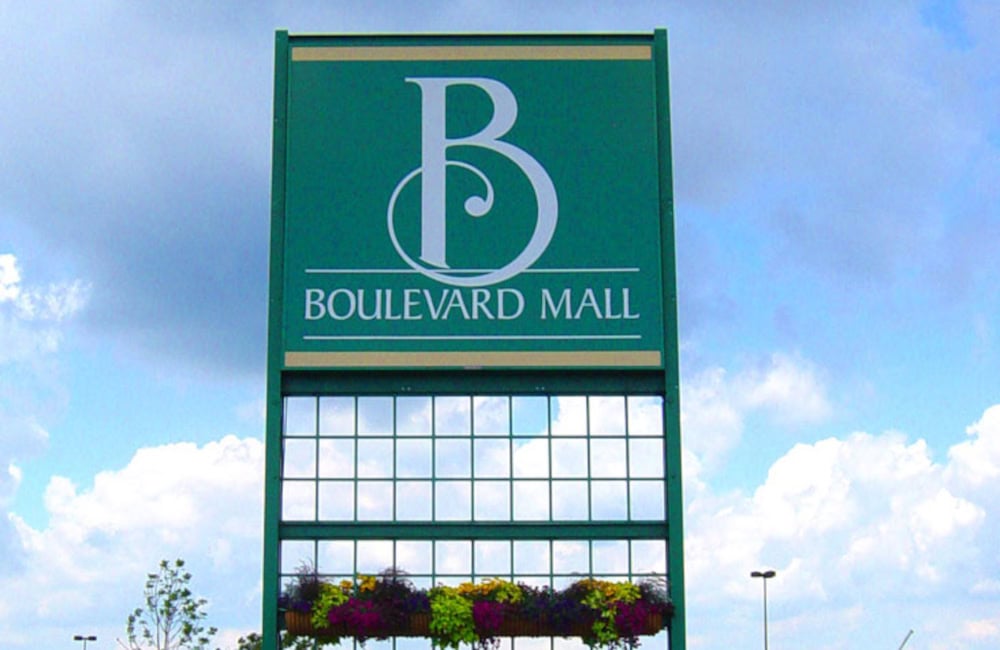
Dining Concepts and Cosmetic Overhauls, 1990s
The mall's food court opened in 1994 with a polished tile floor, a dozen dining counters, and a carousel that didn't stop turning.
At lunch, the lines curled out from Honey's and TGI Fridays.
Kids pulled their parents toward the ride while workers in uniforms wiped tables and restocked soda machines.
Bonefish Grill opened nearby, adding to a layout designed to hold shoppers through meal hours and send them back out with bags in hand.
Retailers followed. The Disney Store went up with bright signage and cartoon voices piping from speakers.
Eddie Bauer added racks of fleece jackets and hiking boots.
The leasing office aimed to build a mix that could respond to what had opened at Walden Galleria five years earlier.
National brands gave the concourse a retail upgrade, and it started to show in how people moved through the property.
In 1997, daylight came through new skylights for the first time.
The floor glinted; marble had replaced the older tile, and decorative columns framed the walkways.
The building, still dating back to 1962, caught shoppers' attention as they looked up and saw something newer.
In 1998, Jenss filed for bankruptcy and closed. The store had stood for more than thirty years across from JCPenney.
Kaufmann's took the space and turned it into a men's store, filling the gap with a name the mall already knew.
New Wings and Branded Additions, 2000s
Construction crews worked through the summer of 2000, building a new wing that stretched the mall's footprint and connected to a two-level Sears.
The anchor measured 122,000 square feet, and when it opened in the fall, it became the fifth Sears location in Western New York.
Inside, escalators carried customers between rows of appliances, tools, and racks of private-label brands.
Around the new anchor, national retailers moved in. Abercrombie & Fitch opened a store that played loud music and kept the lights low.
Other chains followed, filling the corridor with denim walls, scent machines, and storefronts that catered to teens and twenty-somethings.
The layout shifted again; shoppers no longer walked straight from one end to the other.
They looped through the new wing, stopping to browse before heading back toward Macy's or JCPenney.
In September 2006, Kaufmann's was rebranded after a corporate merger.
Its main store and the men's location, formerly Jenss, took on the Macy's name, tying the mall to a national department store chain with hundreds of locations.
The change kept both spaces open, but altered the storefronts and signage overnight.
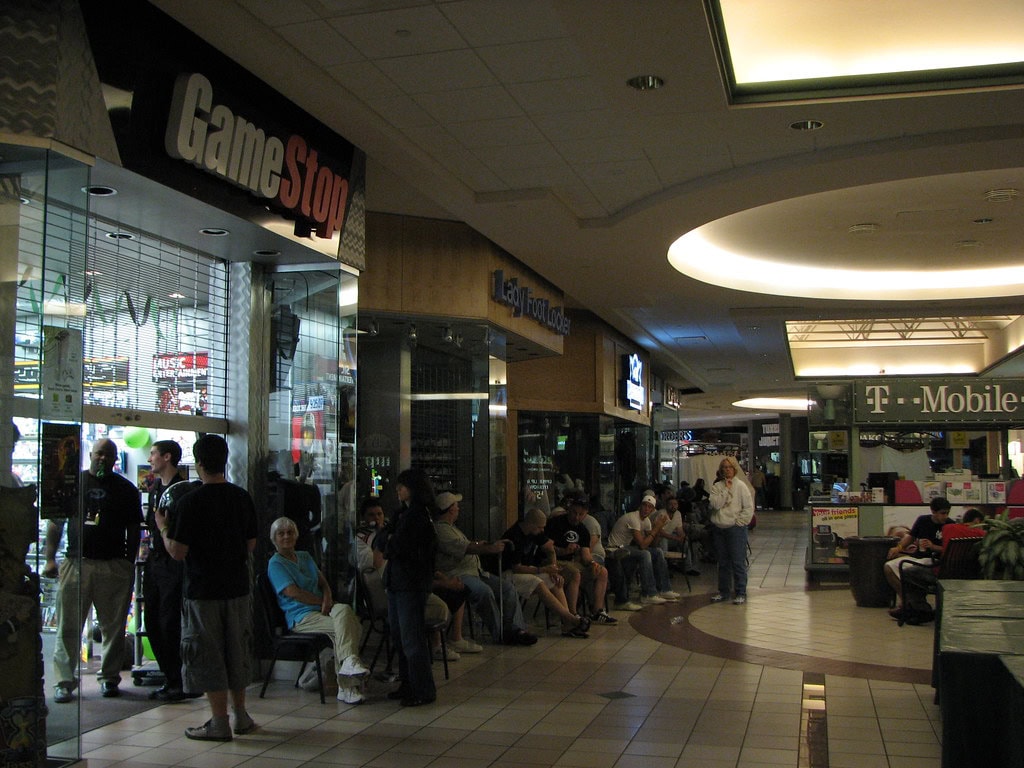
Anchor Closures and Leasing Losses, 2010s
By 2013, Boulevard Mall still brought in national names.
H&M opened its second Western New York location in the space formerly occupied by Abercrombie & Fitch.
The storefront was bright, stocked with seasonal trends, and gave the concourse a temporary lift.
But inside the anchor boxes, the outlook was shifting.
In 2014, management announced that the food court would close. The carousel stopped turning.
Within a year, demolition crews had razed the dining hall to make way for a new 58,000 square foot Dick's Sporting Goods.
The new anchor opened in October 2015 with street-facing doors and a fresh buildout.
Food retailers like Subway and Taste of China stayed in the mall, but scattered into separate leases instead of staying grouped together.
Then Sears gave notice. The chain had struggled through poor holiday sales and made the call in 2016 to exit both Boulevard and the Walden Galleria.
By March 2017, its two-level space and adjoining auto center were shut down.
Later that same year, Macy's relocated its men's store from the old Jenss box and consolidated departments back into the main location.
It was a quiet departure. No lease-up followed.
National retailers, Charlotte Russe, Banana Republic, Hollister, PacSun, and The Children's Place, began trickling out soon after.
The concourse felt slower. Displays went dark behind glass. Leasing signs stayed taped to doors.
Ownership Change and the Last Retail Tenants, 2020–2024
Ownership changed again.
Douglas Jemal, a developer based in Washington, D.C., bought the 63-acre mall site and nearby Wegmans in 2019 for $30 million.
Plans followed quickly, including mixed-use development, office space, and housing, but the property continued to age while designs were being finalized.
In 2020, the Boulevard Mall closed with the rest of New York's shopping centers as pandemic restrictions took hold.
When doors reopened that summer, the concourse felt thinner. Storefronts sat empty.
Chains that had stayed through the last few years didn't come back.
Victoria's Secret and Pink left their corner. So did American Eagle, Hot Topic, Express, Kay Jewelers, Lids, Zumiez, and Bath & Body Works.
The walk from Dick's to JCPenney passed more vacancy signs than displays.
By 2022, the former Sears space had a new tenant. Gabe's opened a store on the first floor but left the mall wall sealed.
There was no interior entrance, only a street-facing door, open to parking but closed to the concourse.
That separation said more than press releases ever did.
H&M left in early 2024, just weeks after the holiday rush. And in April, the mall's interior was mostly shut down.
JCPenney, Macy's, Dick's, Gabe's, and TGI Fridays stayed open through exterior entrances.
The last stretch of public access, the corridor from Macy's to JCPenney, remained for now.
But on April 30, 2024, the rest of the interior closed for good.
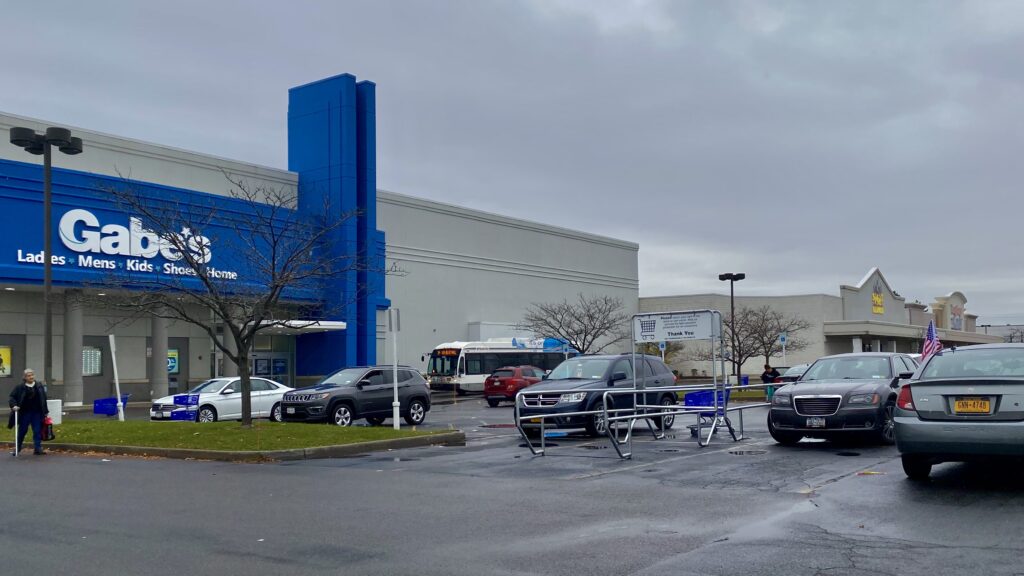
Redevelopment Delays and Uncertain Timelines, 2024–2025
After the interior shut down in April 2024, construction fences appeared in phases.
Renderings of a new property, Boulevard Place, were released, showing mixed-use buildings, tree-lined walkways, and housing above office space.
Jemal's firm described it as a full transformation of the 60-year-old retail site.
But on the ground, progress felt slower.
That same year, JCPenney lost its second appeal in an eminent domain case brought by the Town of Amherst.
The store stayed open, for now, with its exterior entrance untouched, but its long-term status remained unclear.
Around it, Macy's, Dick's Sporting Goods, and Gabe's continued to operate, disconnected from each other in what used to be a single climate-controlled circuit.
By spring 2025, the tone shifted.
In April, developer Douglas Jemal told local press the project was "up in the air." That same day, Amherst officials pushed back.
The town supervisor said the redevelopment plan remained active. Eminent domain and urban renewal steps were still moving forward.
Construction hadn't begun. JCPenney kept selling. But on both sides of the debate, the developer and the town, the timelines no longer matched.
The future of Boulevard Place was still on paper.

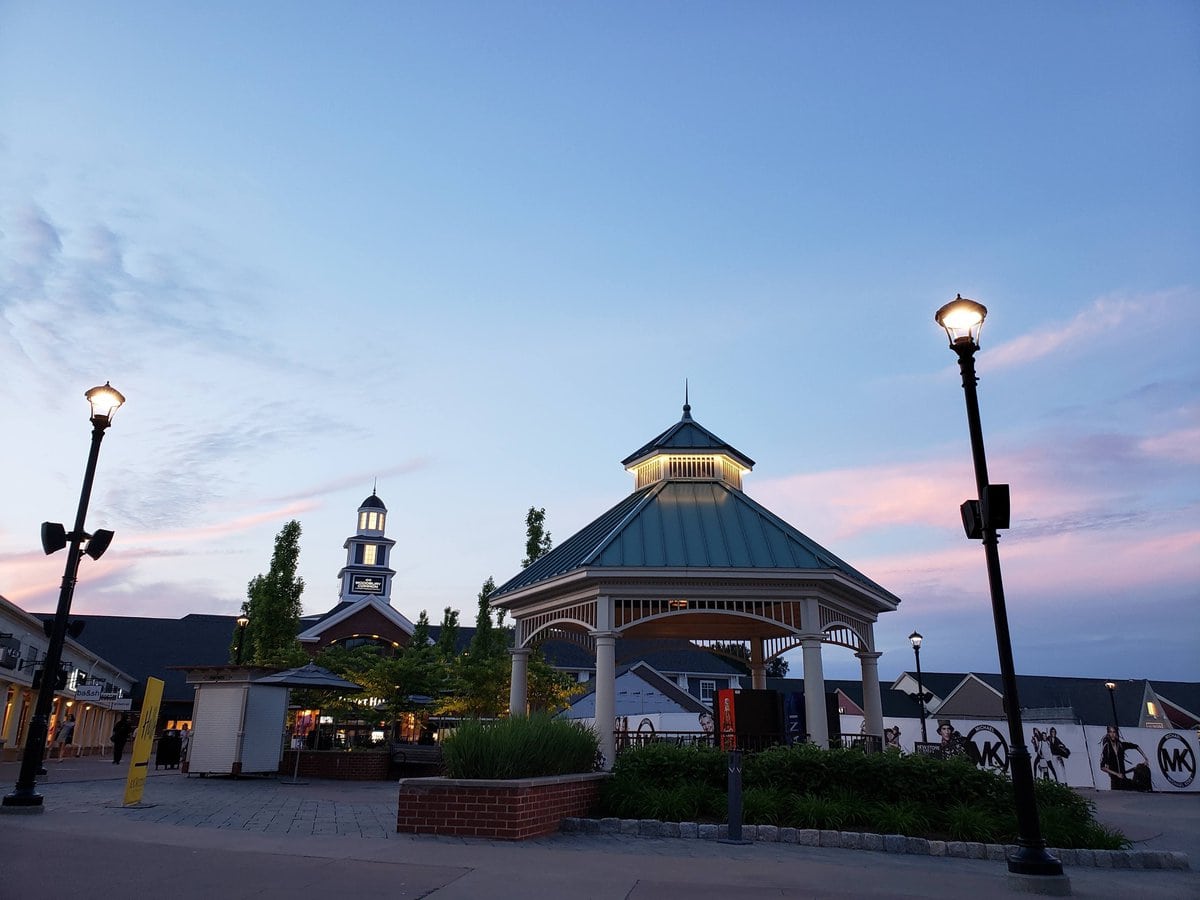


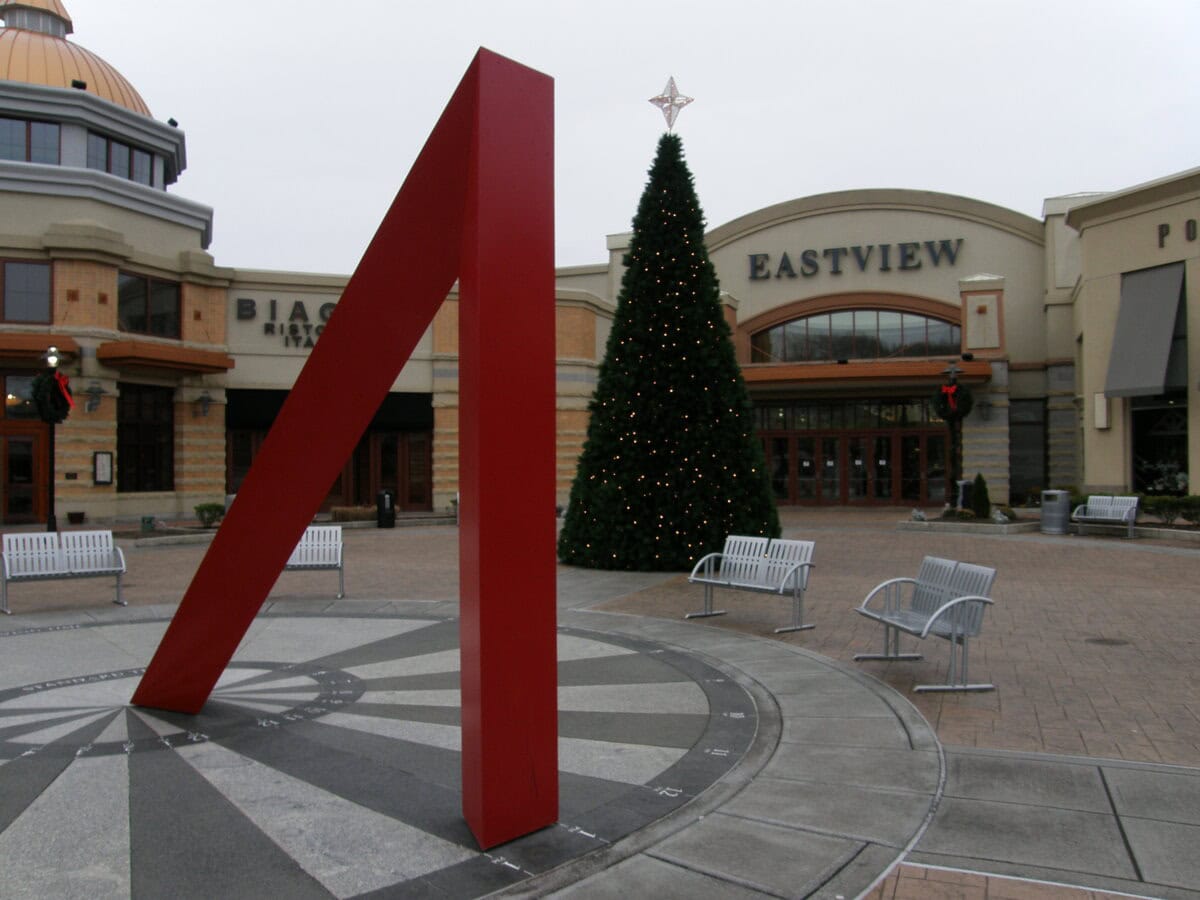



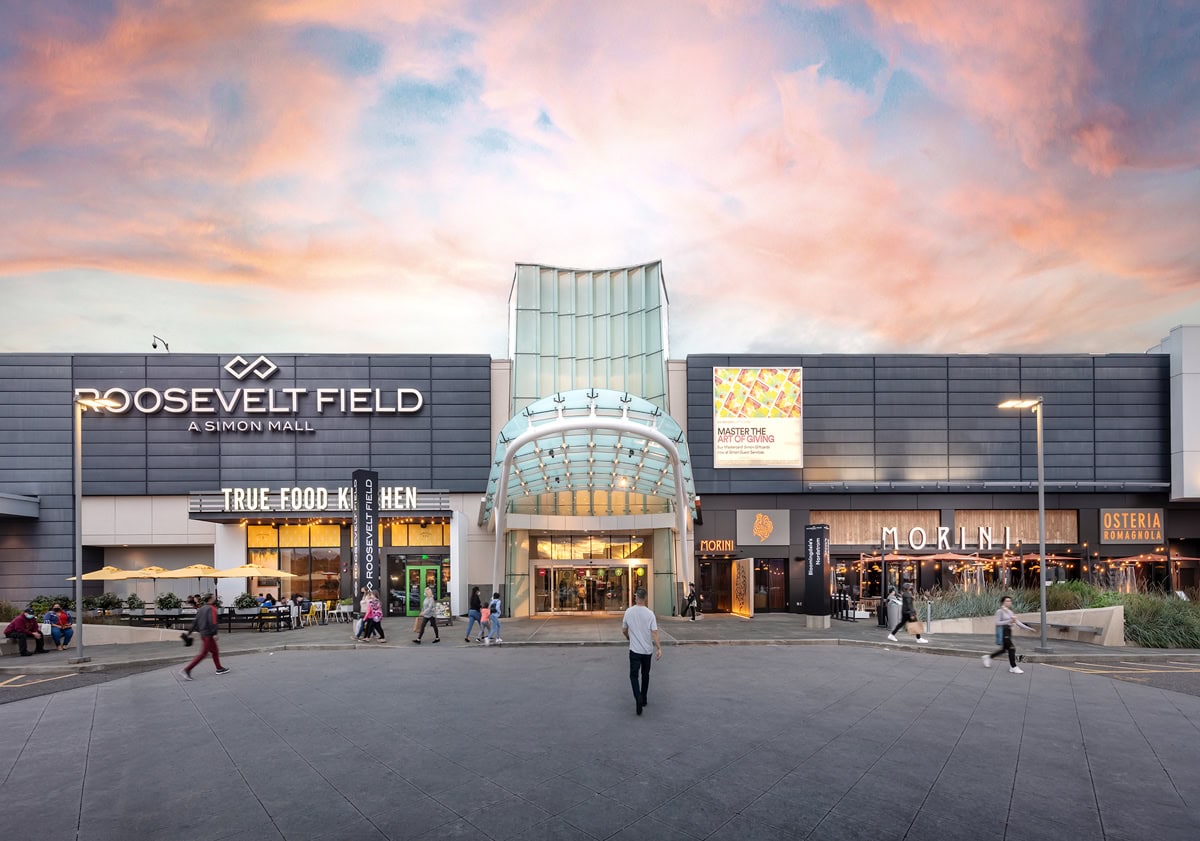
thank goodness for the Boulevard shopping done right
It's good to see someone still finds comfort in the Boulevard, even as so many malls nearby have gone dark.